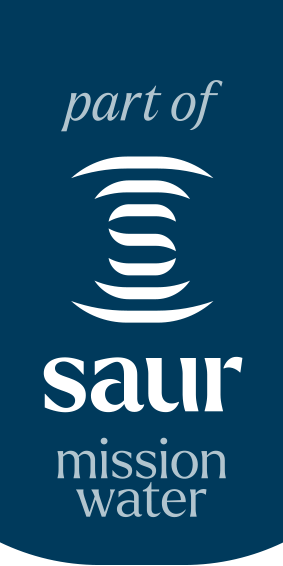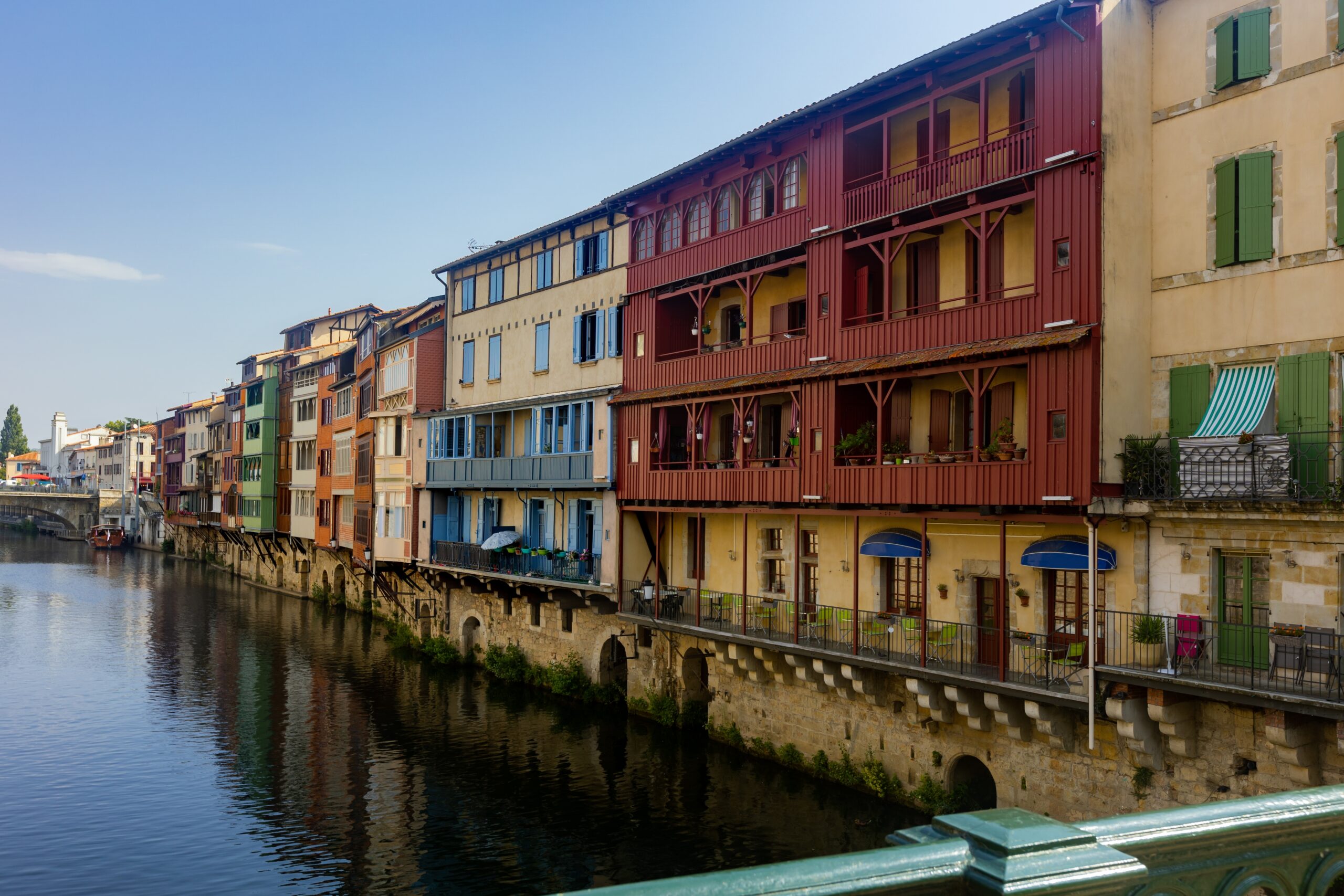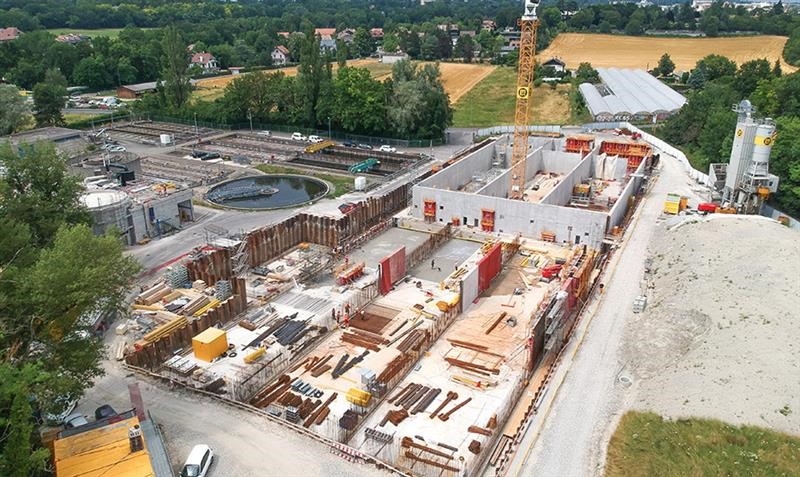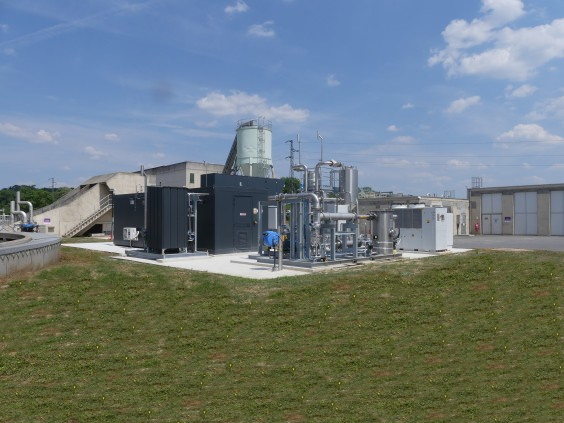- Sludge recovery, Wastewater
Cherbourg (Manche)
Cherbourg: a state-of-the-art facility
The new community wastewater treatment plant in Tourlaville benefits from numerous technological advancements. It is capable of releasing treated water of very high quality back into the sea. . Special attention has been given to odor and sludge treatment. The combination of various processes reduces the volume of sludge for disposal (ultrasound, digestion, drying) and also allows for the production of electricity through cogeneration, which is sold to EDF.
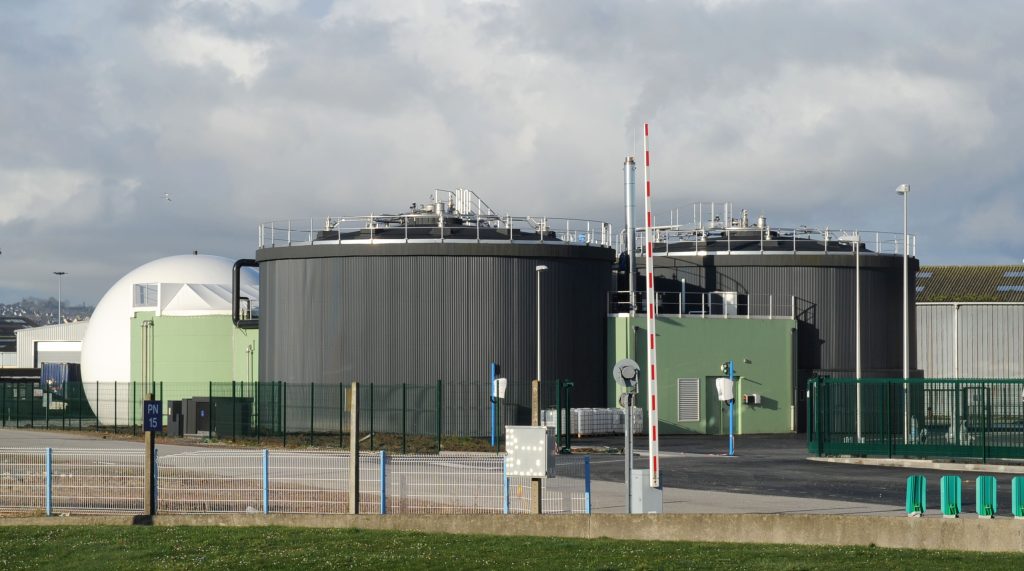
The challenges
- To meet the economic and demographic development needs of the Urban Community of Cherbourg
- To effectively treat the various pollutants present in the effluents to protect the natural environment and biodiversity
- To eliminate olfactory nuisances in the vicinity of the facility
- To valorize sewage sludge and generate energy
Our solutions
The sludge dewatering is carried out using a centrifuge, which removes 20% of the water content in the first stage. This treatment is complemented by thermal drying of the sludge, which utilizes on-site biogas to remove up to 85% of the remaining water. The heat dissipated by the dryer is also recovered in the heat exchange system of the plant for on-site valorization.
The sludge produced by the plant undergoes a series of treatment steps aimed at reducing its volume before being disposed of through land spreading or incineration. By combining the action of ultrasound (innovative Sonoflux® process) with mesophilic digestion (two digesters of 1,500 m3 each), the Digesthane® process leads to sludge reduction and the production of biogas used for generating heat and electricity through cogeneration (two 191 kW engines).
The plant is equipped with two air treatment units that operate day and night. A ventilation system maintains negative pressure in the premises to capture all odorous points as close to the source as possible. The unpleasant odors are trapped in washing towers. The air quality is continuously monitored by an electronic nose that analyzes the treatment performance.
Benefits
- Guaranteed quality of treated water even during heavy rainfall
- Energy and reagent savings
- A reduced environmental footprint achieved through advanced energy optimization of the plant and the installation of photovoltaic panels
- A valorization of the produced sludge. Methane production is used for heating the plant
- Electricity production sold to EDF equivalent to the annual consumption of 250 households
